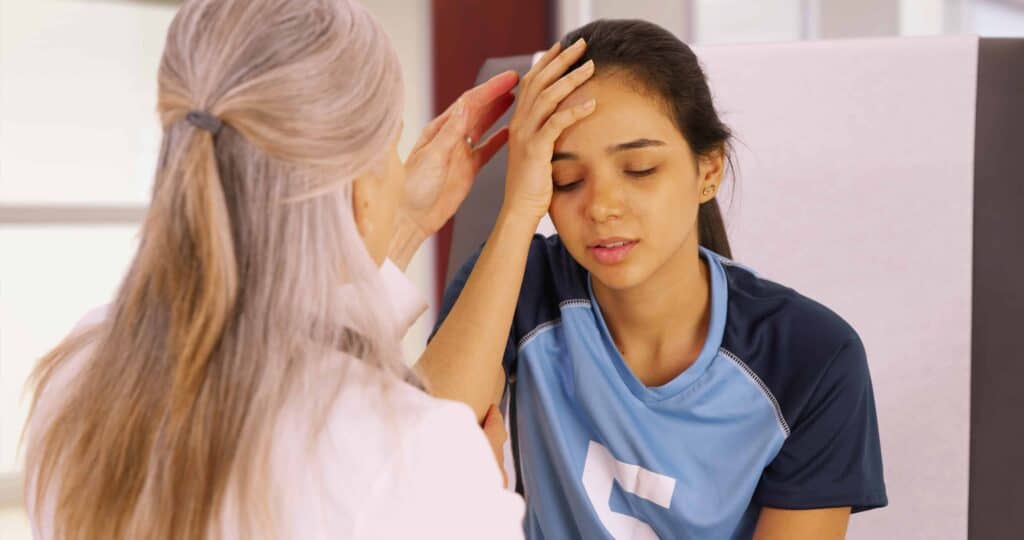Sledding and tobogganing
Sledding and tobogganing are fun ways to stay active this winter. Proper safety strategies are important for preventing sledding and tobogganing-related accidents. Some safety tips include wearing a helmet, ensuring the hill is free of any obstacles and using sledding equipment which is in good condition.
How to avoid groupthink in sport environments
Groupthink is when members of a group allow their desire for cohesion to override their motivation to critically consider alternative courses of action. Sports teams and organizations are vulnerable to conformity because of a strong desire to belong and fit in. To avoid groupthink, encourage diversity on your team, create an enviroment where athletes feel…
Acquired Cognitive-Communication Disorder and Post-Concussion Syndrome
After a single concussion 15-30% of individuals do not recover within the expected time frame. This experience is termed “Post-Concussion Syndrome.” During this time, some athletes may experience challenges with cognition and communication, known as “Acquired Cognitive-Communication Disorder.” Speech-language pathologists can serve as an important part of the post-concussion care team to assist with cognitive…
Mental health at the Olympic and Paralympic Games
One hundred days before the Tokyo Olympic Games, World Champion rower Caileigh Filmer was ready to quit her sport. But instead, she decided to inspire others by sharing first-hand accounts of her experience with depression. Discover how the people responsible for mental health for Team Canada learned from the experiences of athletes like Filmer to…
Combating gender-based violence
Today is International Day for the Elimination of Violence against Women. Gender-based violence is violence that is committed against someone based on their gender identity or expression. Canadian Women & Sport offers 6 ways in which gender equity in sport can help reduce gender-based violence, including clear policies, education, men’s allyship, and mentorship and sponsorship…
Supporting the lone girl
Girls competing on boys’ teams happens often and across numerous sports. But according to new research, ‘lone girls’ face unique challenges to their sport participation, leaving many girls to feel both left out and singled out because of their gender. Support the lone girl on your team by ensuring that they have a safe and…
Trauma-sensitive youth sport programs
Sport can be a powerful resource for children who had experienced trauma. A case study of BGC Canada’s Bounce Back League shows that new trauma-informed practices can be successfully integrated into communities by taking small steps, maintaining open communication, and building on existing club capacities.
Acquired Cognitive-Communication Disorders and Post-Concussion Syndrome in sport: What you should know

Sport-Related Concussion has become recognized as a major health problem that affects millions of people around the world annually (Wang et al., 2016). In Canada, sport and recreational activities account for a large proportion of concussions, particularly amongst children, adolescents and young adults (Government of Canada 2018). Most concussed individuals recover within 4 weeks. Typical…
Developing a Safe Sport framework
To create a Safe Sport environment, research with Canadian sport administrators points to a need for changes to policy and education at all levels. Focusing on harm prevention is not sufficient. Sport organizations also need to promote positive values and human rights.
Sport research priorities
Promotion of safe sport experiences and sustaining volunteer engagement are two of the eight top research priorities identified by Canadian sport and physical activity stakeholders. By tailoring their research activities to fit the needs of knowledge users, sport and physical activity scholars can produce more impactful research.